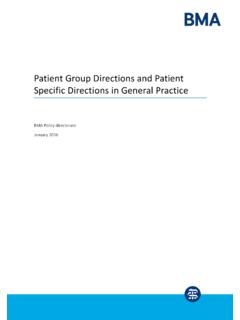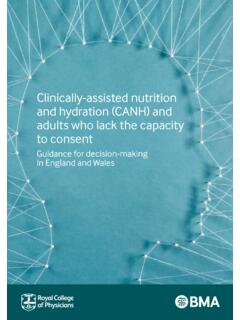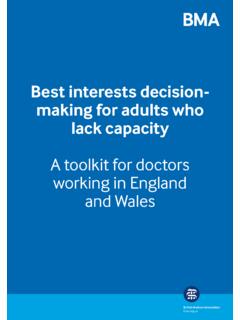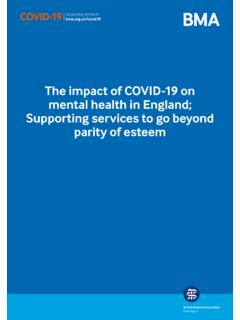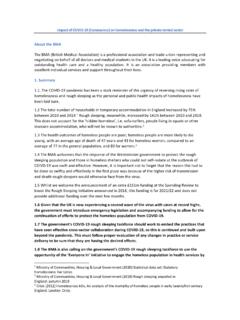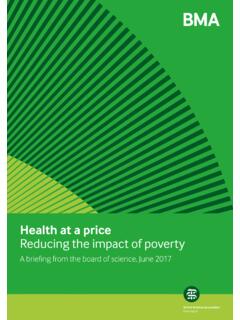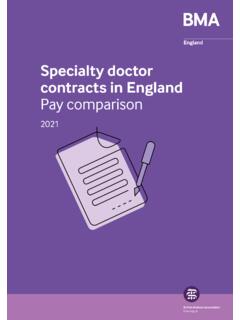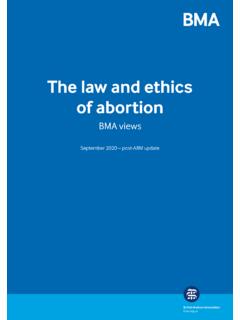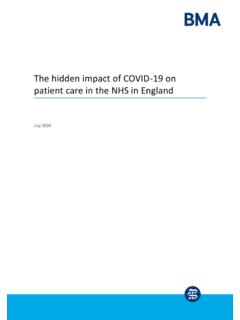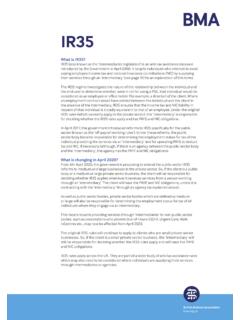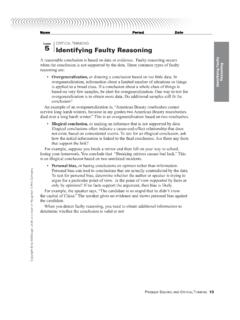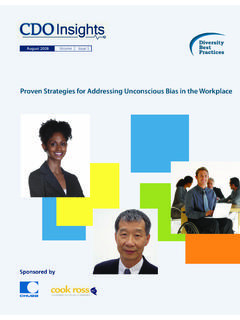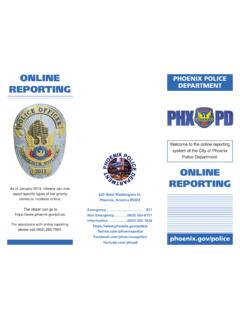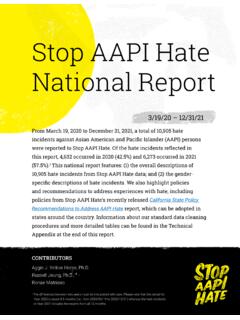Transcription of Sexism in medicine
1 Sexism in medicineBritish Medical Medical AssociationSexism in medicineForewordThis project has grown over the past two years, developing from a small survey circulated through social media and word of mouth. When I presented those initial findings to colleagues, I asked for help in proving what I knew was an issue within the NHS: gender inequality and everyday Sexism . The support the BMA has provided has led to this piece of work, which at times has proven difficult to read. These facts and figures demonstrate that there is a significant issue with gender bias, and the free text responses show the real human cost of these sexist thoughts, behaviours and institutional factors impacting not only the individuals who were brave enough to contribute to its findings but also on the workforce as a whole.
2 This survey has shown that women are disproportionately affected by Sexism and gender bias. The institutional factors that accompany a medical career are still disadvantaging women, which feeds into the culture that women are less than . Women doctors appear to be working in an environment that consistently undervalues them and doubts their believe this survey has made huge progress in defining the issues, but the next step of this project will be to determine the most effective way of tackling Sexism and gender discrimination in medicine . This will take a collaborative approach, with stakeholders and regional BMA groups and committees.
3 It is important that we hear from the people who are affected when forming solutions to these unacceptable occurrences, so that we can best support them as we move towards a more equal culture. I would like to take this opportunity to thank the BMA for their ongoing support with this Chelcie Jewitt, founder of Sexism in medicine project. Junior doctor, emergency medicineWhen Dr Chelcie Jewitt contacted the BMA about the Sexism in medicine campaign we were deeply troubled by the findings. We knew that gender bias and Sexism was unfortunately something that too many doctors experience.
4 We were therefore keen to collaborate with Dr Jewitt to circulate this survey to doctors across the UK. We will build on the knowledge base that is necessary if we want to take effective action in eradicating gender inequality. This piece of research found that Sexism and gender bias is disproportionately experienced by women. In spite of 46% of UK-registered doctors being women and a pattern of women medical school entrants outnumbering men, being a doctor is intrinsically seen as a male role. This stereotype is leading to women doctors being undervalued, having their competency doubted and their morale impacted.
5 It is disappointing that a doctor s gender is playing a role in how they are treated at work and the opportunities they receive. This problem is amplified when you consider the structures and institutions that doctors are working in remain designed around stereotypically male working patterns. It appears that the medical profession has still not factored in the demographic changes to the profession and are failing to support doctors who are pregnant and have caring responsibilities. The significant finding in this report about the number of respondents who have experienced sexual harassment in the past two years is alarming, and we encourage BMA members who have been victims of this behaviour to contact us for support by emailing This report focuses on the findings of the survey.
6 This is just one important step to addressing gender inequality in the profession. Now we have heard from our members, the BMA will engage with stakeholders and develop recommendations and actions to effectively address the unacceptable experiences of Sexism and discrimination that have been brought to our attention. Latifa Patel, BMA acting representative body chairBritish Medical AssociationSexism in medicineContentsIntroduction ..1 Key findings ..3 General views and drivers of Sexism ..4 Main drivers ..5 Experiences in the workplace ..7 Sexist language, comments, and behaviour.
7 8 Difference in workplace responsibilities ..11 Perceived seniority and in treatment from colleagues and patients ..15 Career progression ..18 Impact of having children ..26 Reporting Sexism ..28 Conclusion ..31 Appendix I ..32 Background and demographics of respondents ..321 British Medical AssociationSexism in medicineIntroductionThis report presents the findings from the Sexism in medicine survey, circulated in April 2021. The survey was circulated to gather evidence on the experiences, if any, of Sexism experienced by doctors working in the NHS. We wanted to understand more about the individual impact that Sexism was having on doctor s day-to-day working lives and on career opportunities.
8 We received 2,458 eligible responses, 82% of respondents were women and 16% were men. were non-binary and preferred to self-describe. of respondents worked less than full time (LTFT). LTFT is an acronym used throughout the report and it refers to a working pattern for doctors similar to part-time in other industries and professions. More detail on the demographics of respondents are in appendix I. This was a collaborative piece of work between the BMA and Dr Chelcie Jewitt who founded the Sexism in medicine campaign following on from her experiences as a At the BMA we are aware from our members that women do face discrimination and gender bias and were keen to do more to investigate the extent of these experiences so we can do more to support our members and contribute to eradicating gender inequality in the profession.
9 This report is a piece of qualitative research as it is based on a survey that was self-selecting and open to anyone who met the criteria rather than a specific representative often wondered as a junior, why female consultants could be so easily provoked by what seemed at the time to be insignificant misnomers. Now I realise it s the cumulative effect this has over the course of years, compounded by the fact that it does not cease as you advance in your career. I often talk to my juniors about this and hope that in the future, this becomes less of a reality for them.
10 Woman, junior doctor, Asian, full-time The survey did find a concerning level of Sexism in the medical profession, stemming from patients, fellow doctors, and other NHS staff. These experiences of Sexism present in a variety of forms in the institutions and structures that doctors work in. The survey focused on Sexism and gender-based discrimination; however, it is important to recognise that Sexism will not be the same for each person and may be experienced differently for those who share other protected characteristics such as disability and race. There is still much more work to be done to understand the experiences of people who can receive multiple forms of discrimination.
